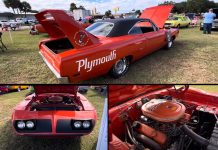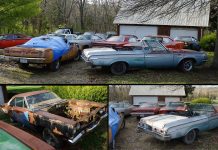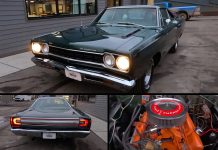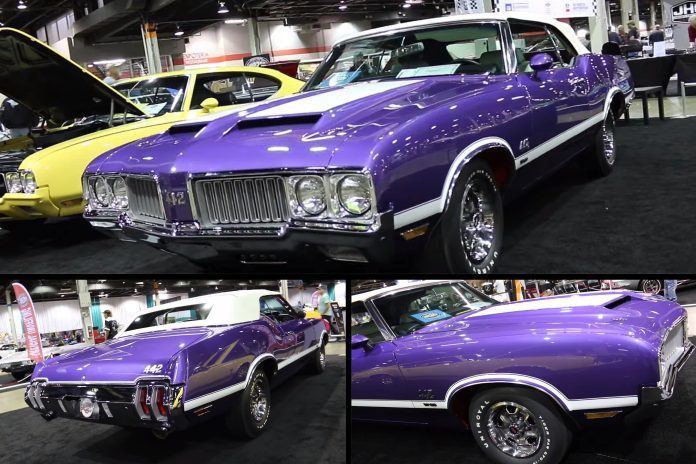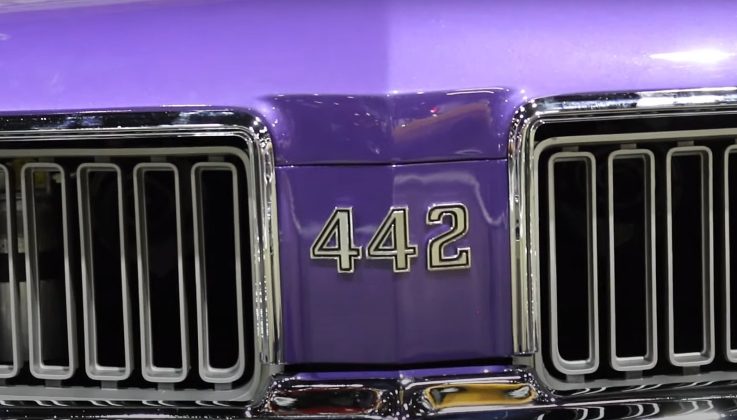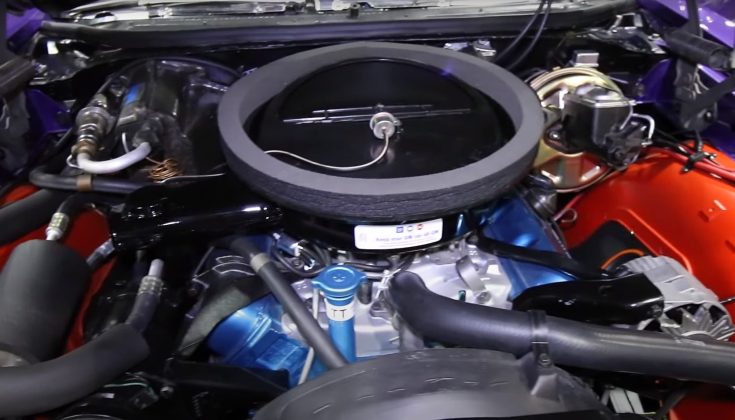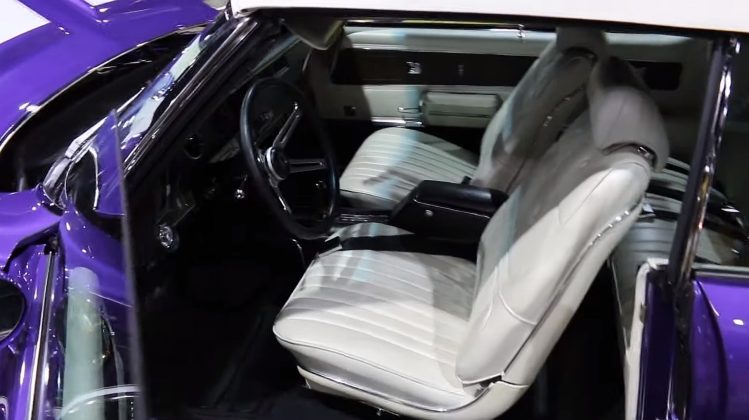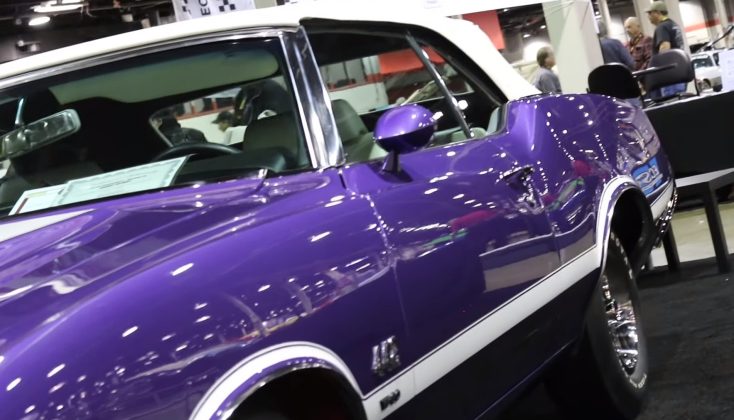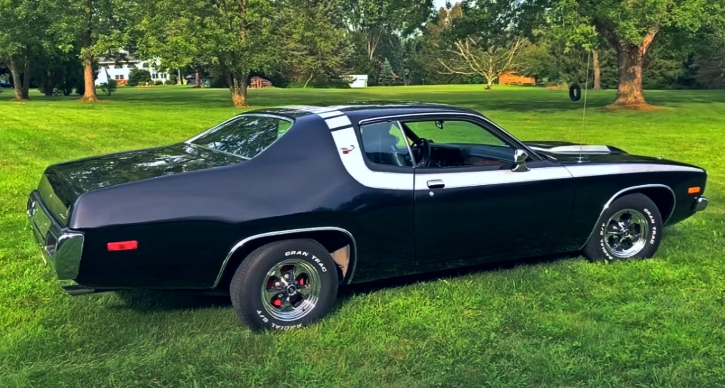Pontiac GTO and the Start of a Revolution
Introduced in 1964, the Pontiac GTO marked the beginning of the muscle car wars, surprising everyone with its unexpected success. This set the stage for other General Motors (GM) brands to join the high-performance midsize car trend.

In response to the GTO’s triumph, Chevrolet introduced the Chevelle SS, Buick launched the Gran Sport, and Oldsmobile enhanced the Cutlass to create the 442. This lineup of high-performance midsize cars remained available throughout the golden era of muscle cars, featuring various engine options based on 330-, 400-, and 455-cubic-inch V8 mills.
In 1966, Oldsmobile went a step further by introducing the W30 performance package. This package included an air induction system, a hotter cam, and a relocated battery in the trunk. Despite being underrated at 360 horsepower, the W30 gained popularity, with only 54 units ordered by customers in 1966 and an additional 97 assembled by dealers.

The 442 W30 continued its presence through the early 1970s, undergoing various modifications. Production numbers varied, with 504 cars in 1967, 172 units in 1968, and 1,389 examples in 1969. Notably, production spiked to around 3,100 vehicles in 1970, making it the most common W30 variant.
The Rare Plum Crazy 442 Cabriolet

Among the W30 variants, a particular 1970 442 Cabriolet stands out as exceptionally rare. What sets it apart is the application of Plum Crazy, an official Chrysler color from 1970. Unbelievably, this unique hue was not a post-purchase modification but was ordered and applied by Oldsmobile during the manufacturing process.
In 1970, Oldsmobile allowed dealers to commission special-order paint for $50, leading to the creation of one-off cars in unconventional colors. A dealer from Virginia Beach took advantage of this option to order several cars in unique hues. The featured metallic purple drop-top is one such example, and it was painted in an exact copy of Mopar’s Plum Crazy purple at the Oldsmobile Experimental Center.
Restored to its original specifications, this Plum Crazy 442 Cabriolet retains all the factory W30 features, complemented by white stripes and a white convertible top. The restoration effort ensures that the car is in pristine condition, capturing the essence of its era and making it visually stunning in its unique color combination.
# FAQs: Unconventional Choices and Enthusiastic Ownership
**Q1: Why is the Plum Crazy 442 Cabriolet considered rare?**
A1: The rarity of this 442 Cabriolet lies in its unique Plum Crazy color, an official Chrysler hue from 1970. Oldsmobile, in an unconventional move, applied this color during the manufacturing process, making it a distinctive and scarcely found variant.
**Q2: How did dealers influence the color choices for these cars?**
A2: In 1970, Oldsmobile allowed dealers to commission special-order paint for $50. A dealer from Virginia Beach took advantage of this opportunity to order cars in uncommon colors, ensuring one-of-a-kind rigs in the showroom. This unique approach also helped the dealer avoid the 442 allotment restrictions in place at the time.
**Q3: Was the Plum Crazy color a post-purchase modification?**
A3: No, the Plum Crazy color on this 442 Cabriolet was not a modification applied by an owner. Oldsmobile, following a special-order option, applied this Mopar hue during the manufacturing process at the Oldsmobile Experimental Center.
**Q4: How does the current owner describe the Plum Crazy 442 Cabriolet?**
A4: The current owner expresses a personal preference for the unique Plum Crazy 442 Cabriolet, even suggesting a desire to see a similar car in Panther Pink. Despite potential reservations from diehard fans, the owner appreciates the fusion of GM cars with Chrysler paints, celebrating the flashy and unique aspects of muscle car culture.



